 Facebook
Facebook
 X
X
 Instagram
Instagram
 TikTok
TikTok
 Youtube
Youtube
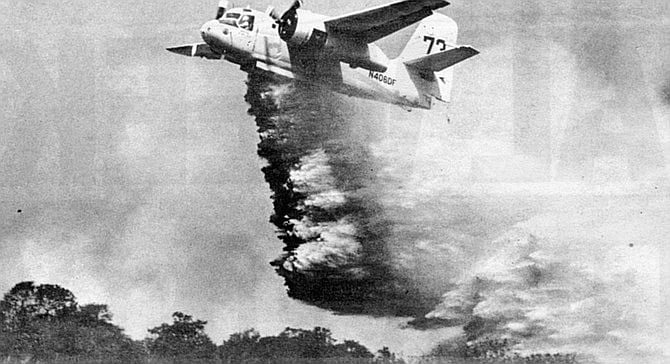
Imagine a wildfire driven by winds gusting at 80 miles per hour is racing toward your house east of Alpine. In the predawn darkness, you can see the red-orange glow of the inferno over a small rise to the east. Telephone poles in that direction have already burned, leaving you without power or phone. Not knowing whether to stay put or evacuate, you call 911 on your cell phone and get the Highway Patrol, who patch you through to your local fire district. The fire dispatcher asks your address. You tell her 5201 Alpine Boulevard. But your house isn't actually on Alpine Boulevard.
By Ernie Grimm, Dec. 20, 2001 | Read full article
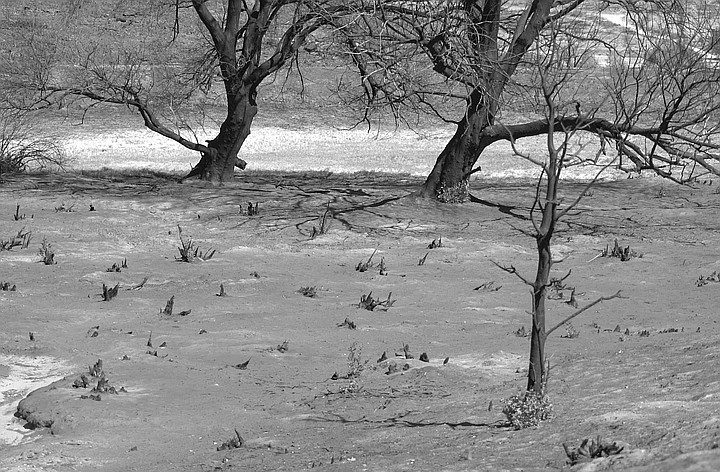
As we drove through the San Felipe Valley, Ann and Tom Keenan pointed out a lone house ringed with greenery on the blackened hillside. A small circle, saved. It's one of several hundred homes that the Pines fire didn't touch. "The firefighters told me that if they have enough time they can save every structure," said Ann. "That's assuming people don't have trash all around their property….”
By Jeanne Schinto, Oct. 17, 2002 | Read full article
The silver lining on the dark cloud looming over our county landscape is the promise of extravagant displays of fire-following wildflowers a few months from now. With the return of repeated soaking rains, which looks likely this winter season, the period between February and May could result in vast wildflower carpets coating hundreds of square miles of foothill and mountain landscape. The seeds of up to 100 species of ephemeral plants have been lying dormant in the ground in the fire-swept zones, ready to germinate as soon as the right combination of wildfire, ash, and soaking rain arrives.
By Jerry Schad, November 13, 2003 | Read full article
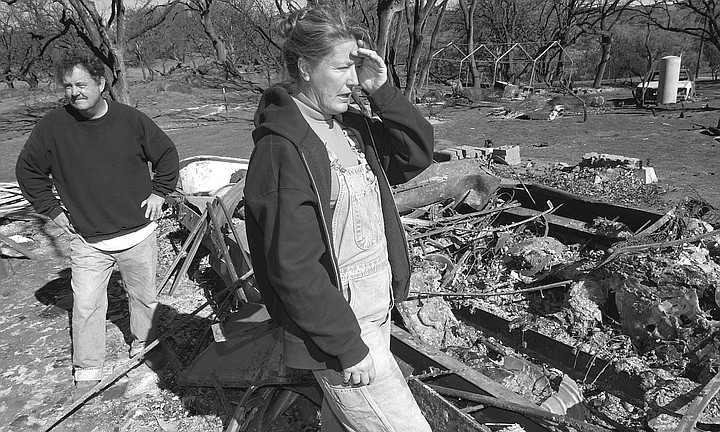
Fire consumed John Heglin's Santee home in 1986. "I lost everything," he recalls, "and I was homeless for quite some time…. Those memories were fresh in Heglin's mind as the Cedar Creek fire approached his house, next door to Menghini Winery in the Farmer Road area north of Julian…. Heglin decided to stay and fight the fire.
By Ernie Grimm, Dec. 11, 2003 | Read full article
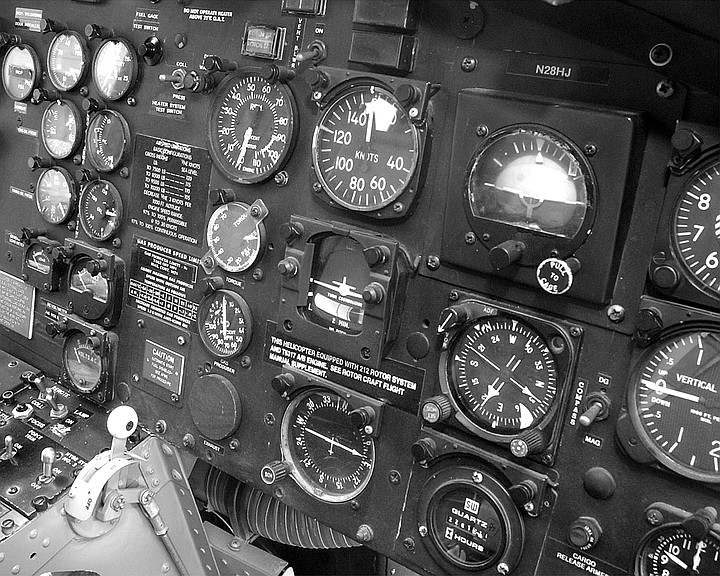
The value of helicopters in fighting fires is "the quick attack," says Brian Fennessy, manager of San Diego's Regional Fire and Rescue Helicopter Program. "If you can get a load of water and a crew in there to hit early, you have a chance of stopping fires before they become large."
Three days before the late-October 2003 Cedar Fire, the San Diego Fire-Rescue Department's helicopter left the county. A 120-day lease with Boise, Idaho's Kachina-Helijet Aviation had run out.
By Joe Deegan, March 24, 2005 | Read full article
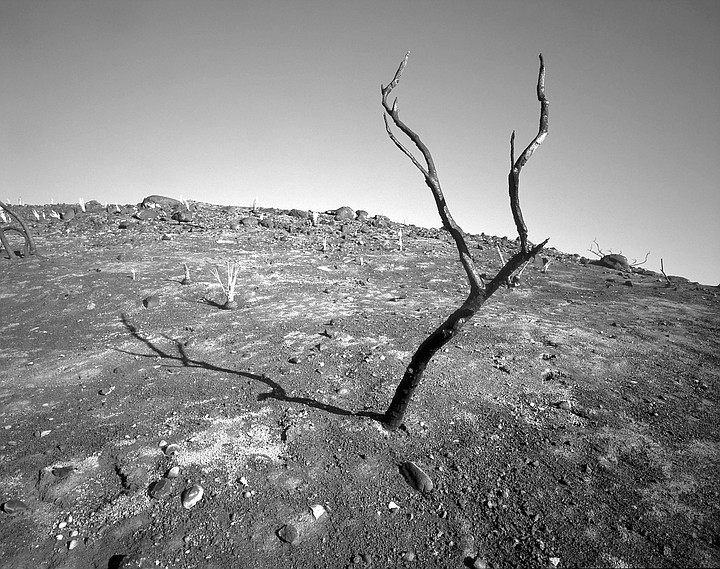
The Ramona fire failed to burn Joe Mitchell’s home.
Fire in the California backcountry is an inevitability. Thirty years of fuel meant that when something happened, it was going to be big.
By Joseph Mitchell, April 4, 2004 | Read full article
Although accidentally starting a fire is a misdemeanor violation of the state health and safety code (section 13001 — "causing a fire" — maximum penalty $500 and one year in jail), no one has been cited for it in the City of San Diego for 15 or 20 years, according to Captain Art Robertson of the city's fire prevention bureau. "We make up a report for every case," he explained, "but the law states that to cite someone, the person writing the citation must observe the person who started the fire. The chances of that are slim and none."
By Gordon Smith, Sept. 20, 1979 | Read full article
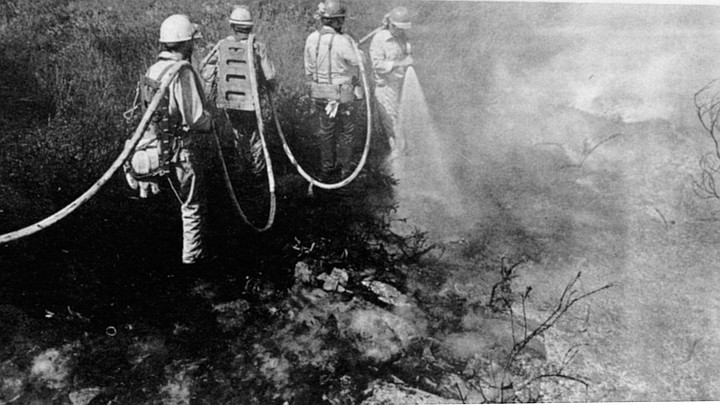
There is something about a wildfire that causes panic. Everybody feels it. Animals run from it. Sometimes people run to it, for the same reason they flock to horror movies and roller coasters. Maybe when they're afraid, they know they're alive. But firefighters can't afford that kind of titillation. They have to stay there and deal with their fear, knowing they are being judged by their peers on how coolly they deal with it.
By Steve Sorensen, October 25, 1984 | Read full article

Two establishments had caught fire — the store and the taco stand. Then the house behind them. No one had the keys to unlock the bars of the gates in the street, so the fire trucks couldn't get down the block to fight the flames. I helped a cop crawl through the fence.
Loudspeaker: "Please clear the area. Move away. You are in danger. Get your children away."
A gang of drunken vatos marched through, elbowing people out of the way, chanting, "Tecate's burning down! Tecate's burning down!"
By Luis Urrea, Jan. 24, 1991 | Read full article
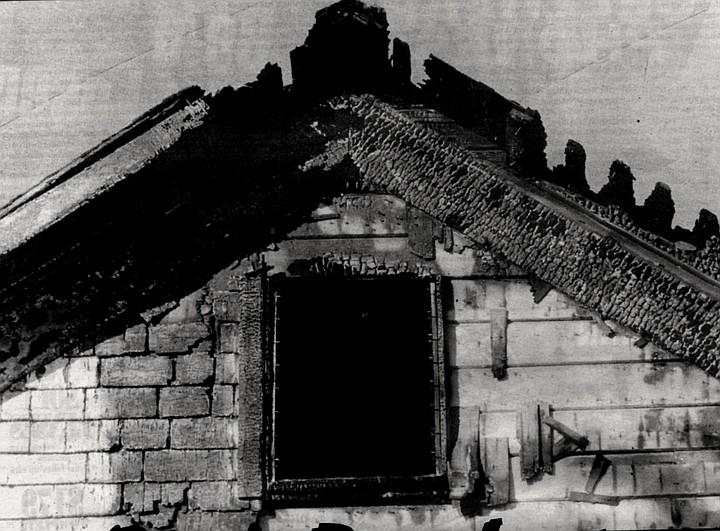
"I'll tell you about an interesting fire. This was a hair salon on El Cajon Boulevard called Shear Pleasure. A little Sicilian guy owned it. He thought he was a regular mini-mafioso. He was dealing in drugs, dealing in second trust deeds; he was really trying to play like a big-time crook. He burned his place down. One of the indications was that he put in for $230,000 worth of insurance for the appliances in the business. The most we could come up with — and that was used equipment — was $17,000. Plus we found two five-gallon buckets of gasoline on the scene the following day...pretty good indication. One of them was still half-full."
By John Brizzolara, February 17, 1994 | Read full article
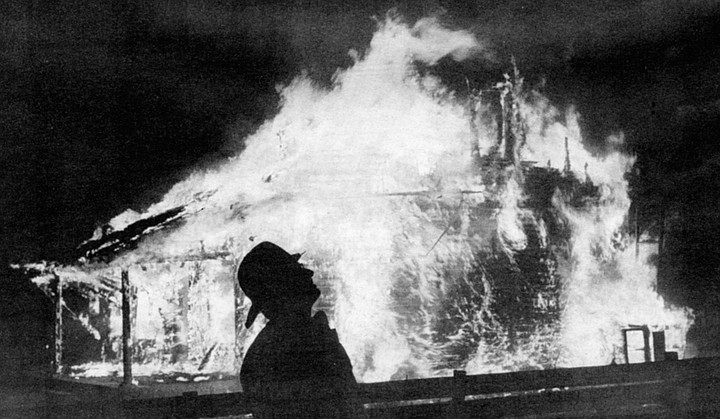
Sleuths amid the flames.
"I've got a video of this guy named Joseph Keller, who started a series of more than 100 fires in the Northwest. This guy was drivin' us nuts. This kid's fire behavior began when he was nine years old. I don't know if he was ever intervened. He adopted the fire service, and the service somewhat adopted him. It was nothing for this kid to get on a bike and visit every fire station in the surrounding countryside. He would go miles and miles to visit the firehouses. One of the statements you can see on the video when he was arrested, when asked why he set fires, was 'Well, this volunteer fire company just got a brand-new engine, and they need to wring it out and find out what it's like.' Sometimes he'd hang around and sometimes not. In my experience, the person hanging around to watch and see the results is pretty rare."
By John Brizzolara, Nov. 9, 1995 | Read full article


Imagine a wildfire driven by winds gusting at 80 miles per hour is racing toward your house east of Alpine. In the predawn darkness, you can see the red-orange glow of the inferno over a small rise to the east. Telephone poles in that direction have already burned, leaving you without power or phone. Not knowing whether to stay put or evacuate, you call 911 on your cell phone and get the Highway Patrol, who patch you through to your local fire district. The fire dispatcher asks your address. You tell her 5201 Alpine Boulevard. But your house isn't actually on Alpine Boulevard.
By Ernie Grimm, Dec. 20, 2001 | Read full article

As we drove through the San Felipe Valley, Ann and Tom Keenan pointed out a lone house ringed with greenery on the blackened hillside. A small circle, saved. It's one of several hundred homes that the Pines fire didn't touch. "The firefighters told me that if they have enough time they can save every structure," said Ann. "That's assuming people don't have trash all around their property….”
By Jeanne Schinto, Oct. 17, 2002 | Read full article
The silver lining on the dark cloud looming over our county landscape is the promise of extravagant displays of fire-following wildflowers a few months from now. With the return of repeated soaking rains, which looks likely this winter season, the period between February and May could result in vast wildflower carpets coating hundreds of square miles of foothill and mountain landscape. The seeds of up to 100 species of ephemeral plants have been lying dormant in the ground in the fire-swept zones, ready to germinate as soon as the right combination of wildfire, ash, and soaking rain arrives.
By Jerry Schad, November 13, 2003 | Read full article

Fire consumed John Heglin's Santee home in 1986. "I lost everything," he recalls, "and I was homeless for quite some time…. Those memories were fresh in Heglin's mind as the Cedar Creek fire approached his house, next door to Menghini Winery in the Farmer Road area north of Julian…. Heglin decided to stay and fight the fire.
By Ernie Grimm, Dec. 11, 2003 | Read full article

The value of helicopters in fighting fires is "the quick attack," says Brian Fennessy, manager of San Diego's Regional Fire and Rescue Helicopter Program. "If you can get a load of water and a crew in there to hit early, you have a chance of stopping fires before they become large."
Three days before the late-October 2003 Cedar Fire, the San Diego Fire-Rescue Department's helicopter left the county. A 120-day lease with Boise, Idaho's Kachina-Helijet Aviation had run out.
By Joe Deegan, March 24, 2005 | Read full article

The Ramona fire failed to burn Joe Mitchell’s home.
Fire in the California backcountry is an inevitability. Thirty years of fuel meant that when something happened, it was going to be big.
By Joseph Mitchell, April 4, 2004 | Read full article
Although accidentally starting a fire is a misdemeanor violation of the state health and safety code (section 13001 — "causing a fire" — maximum penalty $500 and one year in jail), no one has been cited for it in the City of San Diego for 15 or 20 years, according to Captain Art Robertson of the city's fire prevention bureau. "We make up a report for every case," he explained, "but the law states that to cite someone, the person writing the citation must observe the person who started the fire. The chances of that are slim and none."
By Gordon Smith, Sept. 20, 1979 | Read full article

There is something about a wildfire that causes panic. Everybody feels it. Animals run from it. Sometimes people run to it, for the same reason they flock to horror movies and roller coasters. Maybe when they're afraid, they know they're alive. But firefighters can't afford that kind of titillation. They have to stay there and deal with their fear, knowing they are being judged by their peers on how coolly they deal with it.
By Steve Sorensen, October 25, 1984 | Read full article

Two establishments had caught fire — the store and the taco stand. Then the house behind them. No one had the keys to unlock the bars of the gates in the street, so the fire trucks couldn't get down the block to fight the flames. I helped a cop crawl through the fence.
Loudspeaker: "Please clear the area. Move away. You are in danger. Get your children away."
A gang of drunken vatos marched through, elbowing people out of the way, chanting, "Tecate's burning down! Tecate's burning down!"
By Luis Urrea, Jan. 24, 1991 | Read full article

"I'll tell you about an interesting fire. This was a hair salon on El Cajon Boulevard called Shear Pleasure. A little Sicilian guy owned it. He thought he was a regular mini-mafioso. He was dealing in drugs, dealing in second trust deeds; he was really trying to play like a big-time crook. He burned his place down. One of the indications was that he put in for $230,000 worth of insurance for the appliances in the business. The most we could come up with — and that was used equipment — was $17,000. Plus we found two five-gallon buckets of gasoline on the scene the following day...pretty good indication. One of them was still half-full."
By John Brizzolara, February 17, 1994 | Read full article

Sleuths amid the flames.
"I've got a video of this guy named Joseph Keller, who started a series of more than 100 fires in the Northwest. This guy was drivin' us nuts. This kid's fire behavior began when he was nine years old. I don't know if he was ever intervened. He adopted the fire service, and the service somewhat adopted him. It was nothing for this kid to get on a bike and visit every fire station in the surrounding countryside. He would go miles and miles to visit the firehouses. One of the statements you can see on the video when he was arrested, when asked why he set fires, was 'Well, this volunteer fire company just got a brand-new engine, and they need to wring it out and find out what it's like.' Sometimes he'd hang around and sometimes not. In my experience, the person hanging around to watch and see the results is pretty rare."
By John Brizzolara, Nov. 9, 1995 | Read full article
Comments